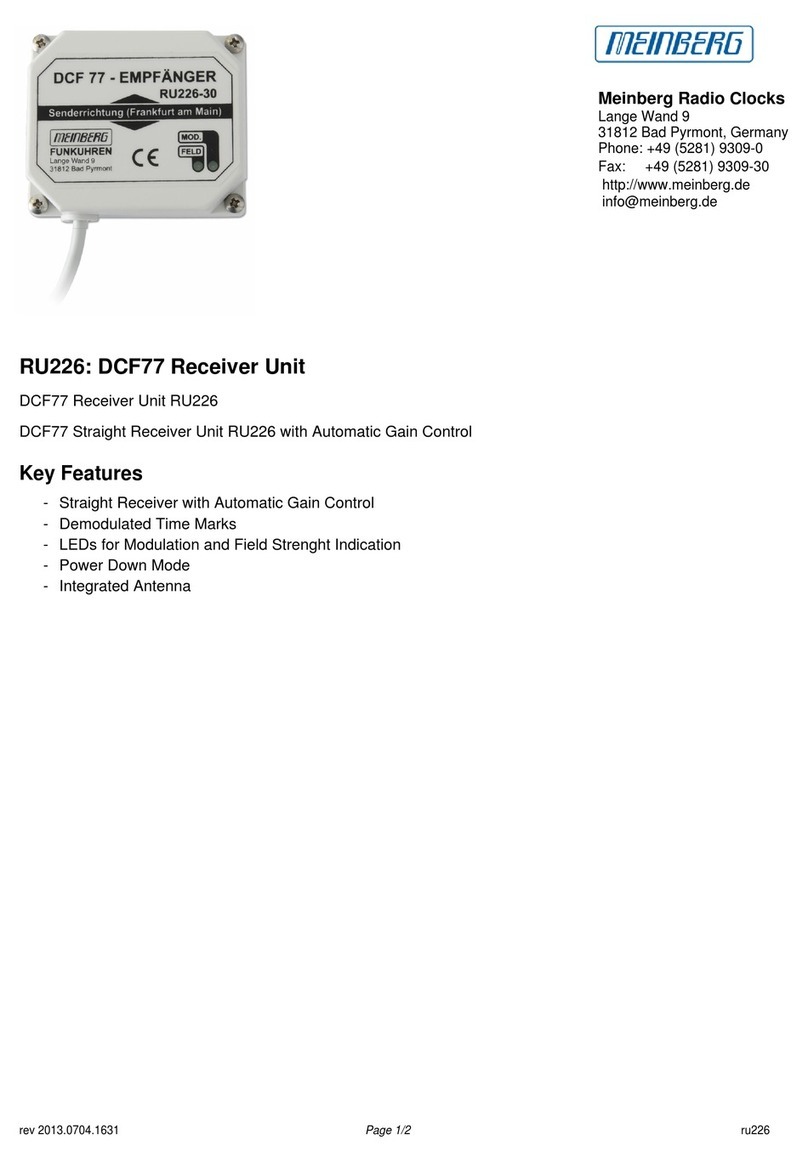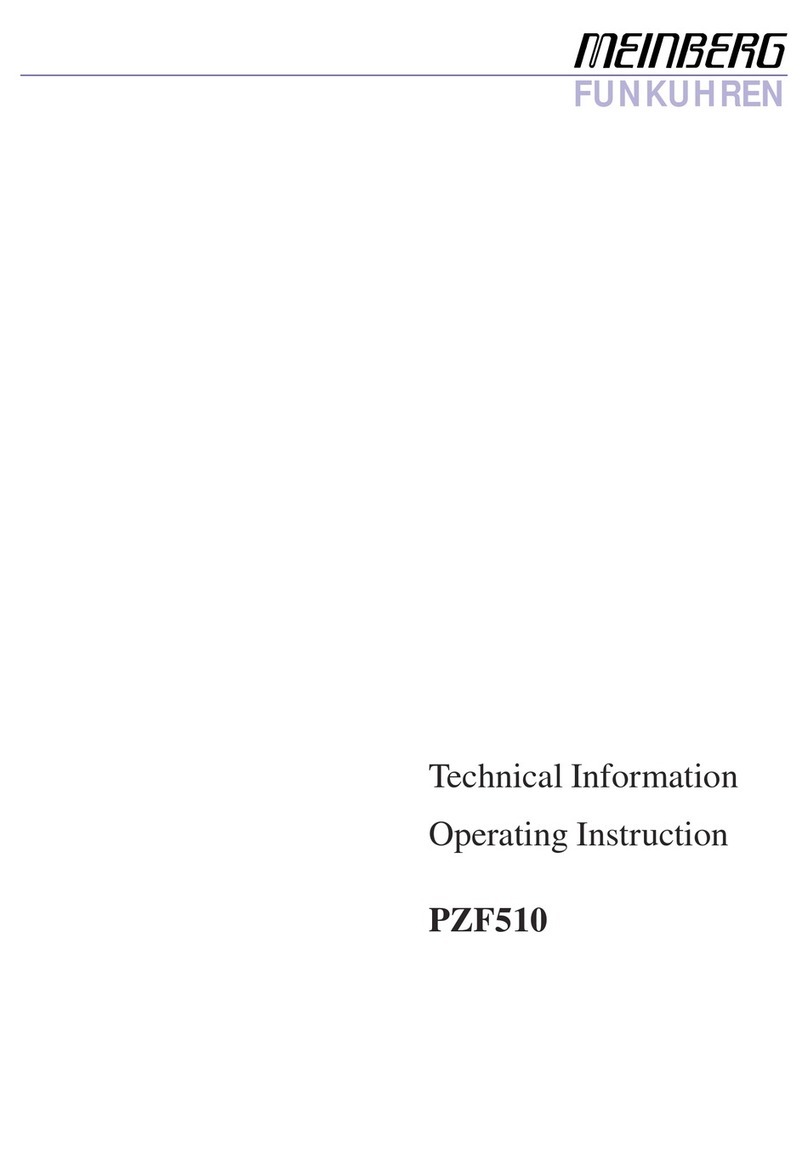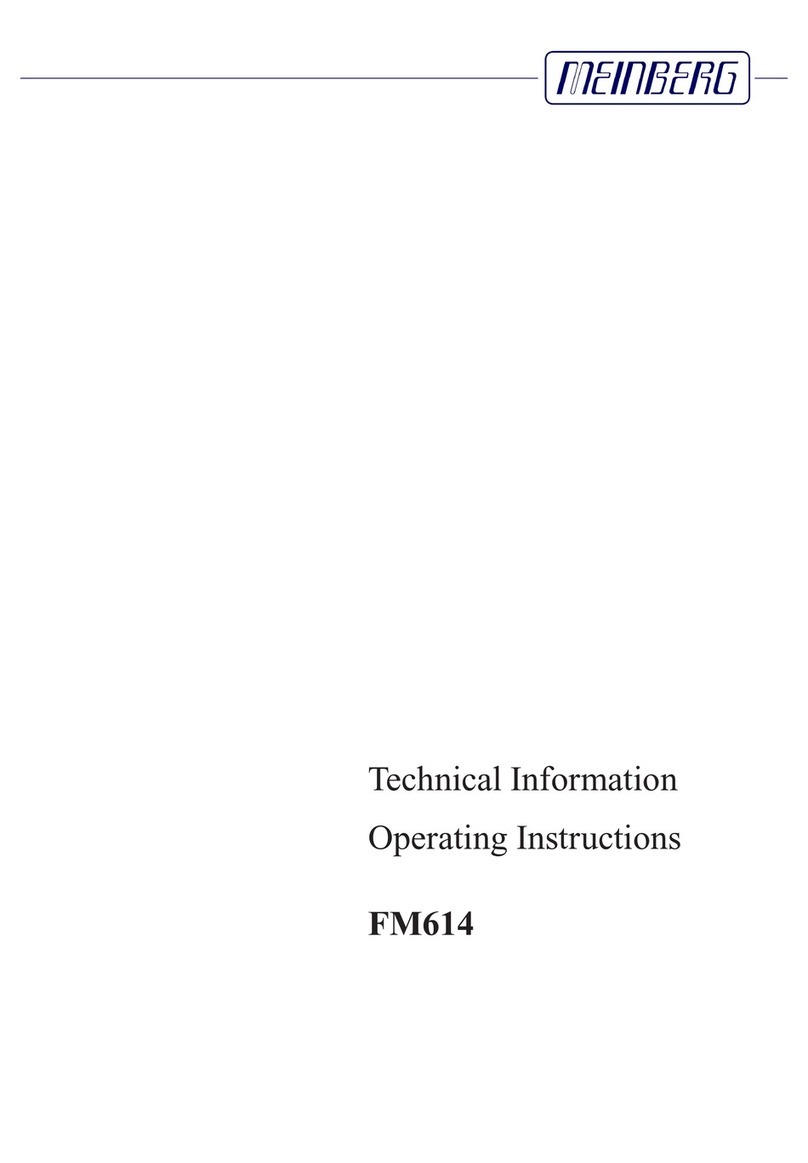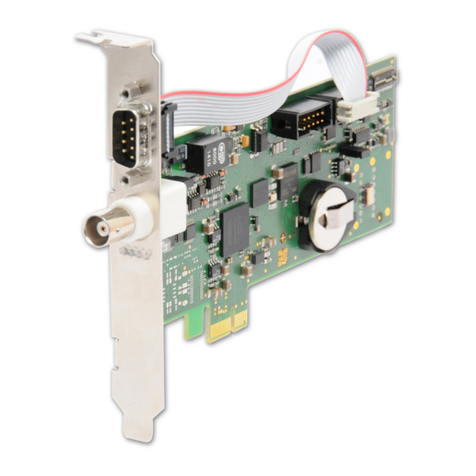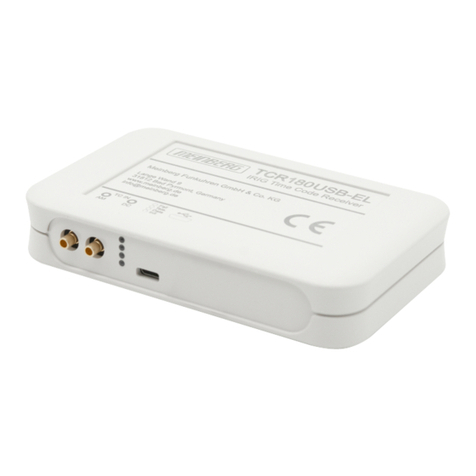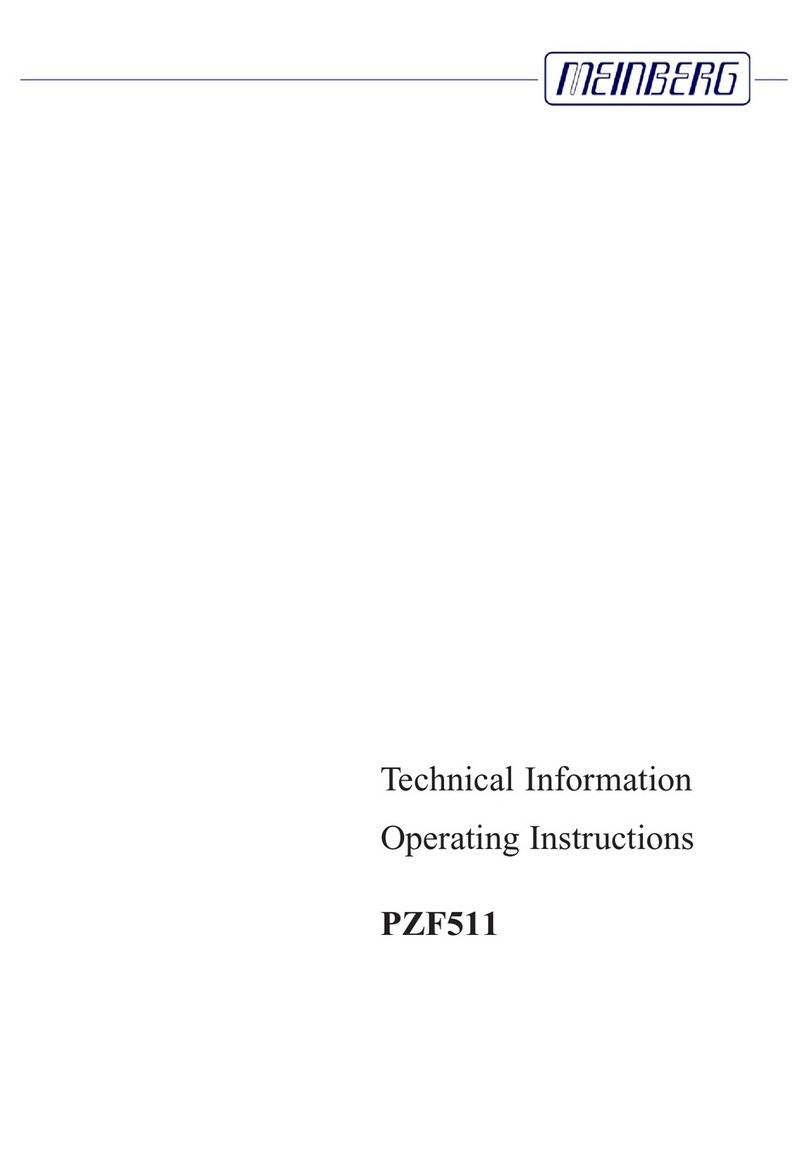
Table of Contents
1 Imprint 1
2 Safety instructions for building-in equipment 2
2.1 Important Safety Instructions and Protective Measures ......................... 2
2.2 Used Symbols ................................................. 3
2.3 Safety Hints PZF180 ............................................ 4
2.4 Prevention of ESD Damage ......................................... 5
2.5 Cabling ..................................................... 6
2.6 Replacing the Lithium Battery ....................................... 6
3 General information PZF 7
3.1 Features of PZF ............................................... 8
4 PZF180 Features 9
4.1 Pulse and Frequency Outputs ....................................... 9
4.2 Time Capture Inputs ............................................. 9
4.3 Asynchronous Serial Ports ......................................... 9
4.4 DCF77 Emulation .............................................. 10
4.5 Programmable pulse ............................................. 10
4.6 Time Code (Option) ............................................. 11
4.6.1 Abstract of Time Code ....................................... 11
4.6.2 Block Diagram Time Code ..................................... 11
4.6.3 IRIG Standard Format ....................................... 12
4.6.4 AFNOR Standard Format ..................................... 13
4.6.5 Assignment of CF Segment in IEEE1344 Code ......................... 14
4.6.6 Generated Time Codes ....................................... 15
4.6.7 Selection of Generated Time Code ................................ 16
4.6.8 Outputs ................................................ 16
4.6.9 Technical Data ............................................ 16
5 Installation 17
5.1 The Front Panel Layout ........................................... 17
5.2 DCF77 Antenna ................................................ 18
5.2.1 Mounting and Installation of a Longwave Antenna ....................... 18
5.3 Power Supply ................................................. 20
5.4 Powering Up the System .......................................... 20
5.5 Meinberg Device Manager ......................................... 21
5.6 The program GPSMON32 .......................................... 23
5.6.1 Serial Connection .......................................... 23
5.6.2 Network Connection ......................................... 23
5.6.3 Online Help ............................................. 24
6 Update of the System Software 25
7 Technical specifications PZF180 26
7.1 Technical Specifications AW02 Antenna .................................. 29
7.1.1 Antenna Cable ............................................ 31
7.1.2 Antenna Short Circuit ........................................ 31
7.1.3 Technical Specifications: MBG S-PRO Surge Protection ................... 32
7.2 Oscillator specifications ........................................... 35
7.3 Time Strings .................................................. 36
7.3.1 Format of the Interflex Time String ................................ 36
7.3.2 Format of the Meinberg Standard Time String ......................... 37
7.3.3 Format of the Uni Erlangen String (NTP) ............................ 38
3




